Behind the Scenes at the Coffee Roaster, Alexandria
I have my Mum’s family to thank for my love of coffee. When I was a little kid, I loved eating a spoonful of froth off my mum’s once-a-week cappuccino after the grocery shopping. Then later, one by one, everyone bought espresso machines. When I was 16 I started drinking coffee in earnest, careful not to overdo it. Never more than one a fortnight, I vowed. Then I got my first job of any consequence at a coffee shop and became fascinated with the process of coffee making. How could I get my cappuccinos as good as Milan, my Serbian boss? That was it; I was hooked on coffee. And now I’m traipsing all over, looking for the best coffee I can find.
So when my aunt suggested the coffee roaster for a family get-together, I was more than happy to oblige. And when the owner Dan Fitzsimmons (a friend of my aunt’s) offered us a tour of the roasterie, I was excited. Another step in the coffee-making process revealed.
The Coffee Roaster was one of the first of its kind in Sydney, pretty obvious when you see their web address, www.coffee.com.au (don’t worry; the website is going to be updated soon). We go upstairs where the unroasted beans are stored and poured into the roaster. Dan starts by explaining how the coffee is stored in hessian sacks but says that there’s an increasing trend towards plastic liners and that it’s important to get as much of the dust and dirt out of the coffee as possible prior to roasting.
The coffee roaster uses a computer-run Chinook air flow coffee roaster which basically means the beans are roasted on a cushion of air. The system is computerised, and each roast is saved as a file which has been optimised in terms of a variety of variables (temperature, length of roast etc.) for the individual blend or even the individual coffee shop they are supplying. He contrasts this with other roasters who roast each batch more by sight, saying that he prefers about his method as once each coffee profile has been established it makes no difference who is in charge of the roast, they will just download the correct file and thus the result will be consistent.
Dan pours some beans into the roaster and selects a profile, the TCR22 for Café Giulia in Chippendale, a long, slow roast. Dan explains that this will cut out the acid or caramel notes and lead to a darker finish where a faster, hotter roast would leave you with a lighter, more caramel finish.
We move downstairs to watch the roasting process, and Dan contrasts The Coffee Roaster’s method with that often employed by roasters. Usually they’ll have around 6 blends roasted 6 different ways, and will have one person roast, store and top-up as needed while another person fills orders with them. He, on the other hand is storing the unroasted beans until orders are placed. Customers like café Giulia call up the day before they need a fresh supply and Dan and the team will roast the batch the next morning and deliver it immediately. The whole process is surprisingly quick; they can roast about 4 batches an hour. As the coffee cools he shows us the dust removed via the roasting process – a whole bin full!
On storing coffee – a hotly contested topic in barista/roaster circles – Dan says that they package their beans as soon as they have cooled in a bag which lets excess gas out but does not let oxygen in. Every time you open it you are letting in microbes and yeasts which feed on the coffee and quicken its expiry, so he recommends storing coffee in a vacuum seal container where you can suck all the air out, or in the same kind of bags they use, so you can squeeze it out. Keep your coffee out of the light and don’t worry about putting it in the fridge or freezer – you will just be refrigerating/freezing stale air. And his number one storage tip? Use your coffee up as fast as possible because as soon as it’s roasted it begins to deteriorate.
What obsessions run in your family?
The Coffee Roaster
380 Botany Road,
Alexandria NSW 2015
1800 806 200
www.coffee.com.au
6 Responses to Behind the Scenes at the Coffee Roaster, Alexandria
About me
 Sharing easy recipes, hunting down the best coffee. Honest accounts, nothing too serious. Read more...
Sharing easy recipes, hunting down the best coffee. Honest accounts, nothing too serious. Read more...Recent Posts
- Aerpress means no more shit #travelcoffee and #workcoffee
- Why I write and four ace bloggers who do it better
- The five best things I ate in London
- Shoreditch is awesome, airports are not
- I quit sugar? Do I bollocks.
- Cubao Street Food, Alexandria
- The Reformatory Caffeine Lab, Surry Hills
- Brewtown Newtown
- Stay caffeinated over Christmas
- Gumption by Coffee Alchemy, Sydney CBD
Popular posts this month…
 Sparkling Long Black posted on May 10, 2011
Sparkling Long Black posted on May 10, 2011  Review – Philips Saeco Intelia posted on January 10, 2012
Review – Philips Saeco Intelia posted on January 10, 2012 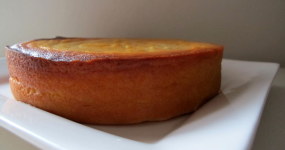 Kosher Whole Orange Cake posted on July 5, 2011
Kosher Whole Orange Cake posted on July 5, 2011  The quest for Mex part 2 – Feisty Chicken Burritos posted on December 21, 2010
The quest for Mex part 2 – Feisty Chicken Burritos posted on December 21, 2010  Cheat’s Dulce de Leche posted on January 7, 2011
Cheat’s Dulce de Leche posted on January 7, 2011 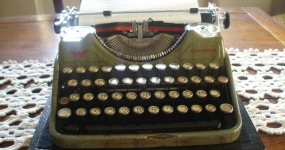 Why I write and four ace bloggers who do it better posted on July 25, 2014
Why I write and four ace bloggers who do it better posted on July 25, 2014 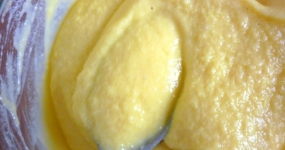 Rich Portuguese Custard posted on November 29, 2010
Rich Portuguese Custard posted on November 29, 2010 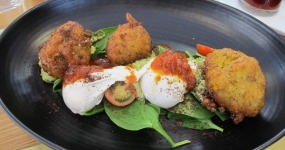 Lau’s Ultimate Corn Fritters and the four fritter truths posted on March 1, 2013
Lau’s Ultimate Corn Fritters and the four fritter truths posted on March 1, 2013
Disclaimer:
All opinions in this blog are mine, an everyday, real-life person. I do not accept payment for reviews and nor do I write sponsored posts. I do not endorse the content of the comments herein.

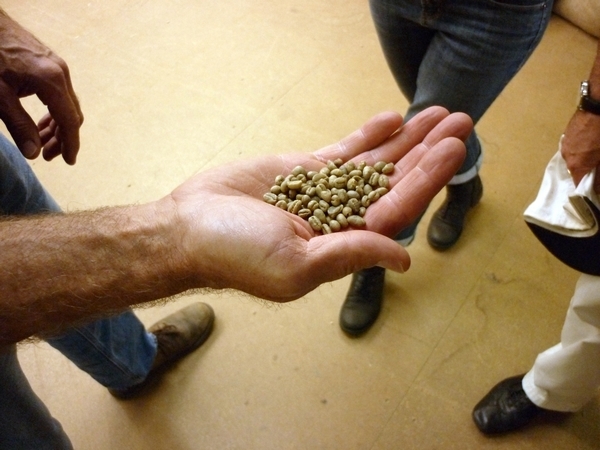
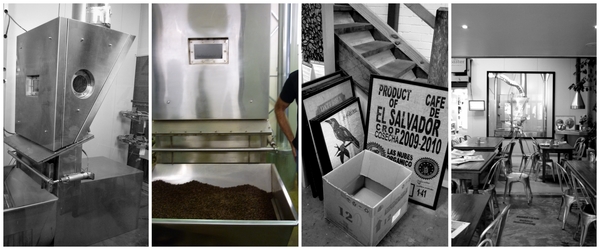
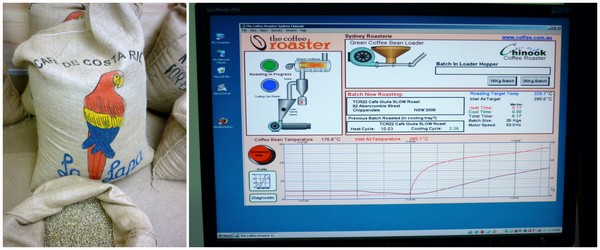










Interesting stuff. And what about storing pre-ground coffee instead of whole beans, do the same rules apply?
Gaby recently posted…Australia & NZ 2011 3 April
As pre-ground beans have a larger surface area exposed to the atmosphere I’d expect them to deteriorate faster.
I’d look into increasing coffee intake to rectify the issue
Yes, the rules are the same for coffee beans or for ground coffee. If you’re not going to use it very quickly, the fridge or freezer is fine, as long as you squeeze as much of the air out as possible. The freezer is possibly a little bit better since you’re never going to get 100% of the air out, so the contaminants in the coffee will do less damage in the freezer than in the fridge. But if you go through coffee at a reasonable pace, just squeeze the air out and store in a cool, dark place.
It sure is an interesting process, coffee roasting. I did a similar behind the scene tour of Mojo roasters in Wellington. Loved it! I was amazed at how much debris there is in the green beans when the sacks are first opened, like glass, stones & bits of plastic. Love the smell of roasting coffee!
john@heneedsfood recently posted…Deckhouse Café – Woolwich
Thanks for the behind the scenes Lau! Hmm a general food obsession runs in my family lol
Lorraine @ Not Quite Nigella recently posted…The Ultimate Easy One-Bowl Chocolate Cake!
@Gaby – Fridge, freezer or any cool dark place, all are fine as long as you can squeeze out excess air and understand that putting it in the fridge/freezer won’t necessarily prolong its shelf life.
@Senhor R – Probably. Because science.
@Nikki – Agreed.
@John – you got a link for that post? I Would love to read it.
@Lorraine – No worries! Yes, I know what you mean. Half the conversations in my family revolve around what we just ate or what we’re about to eat…